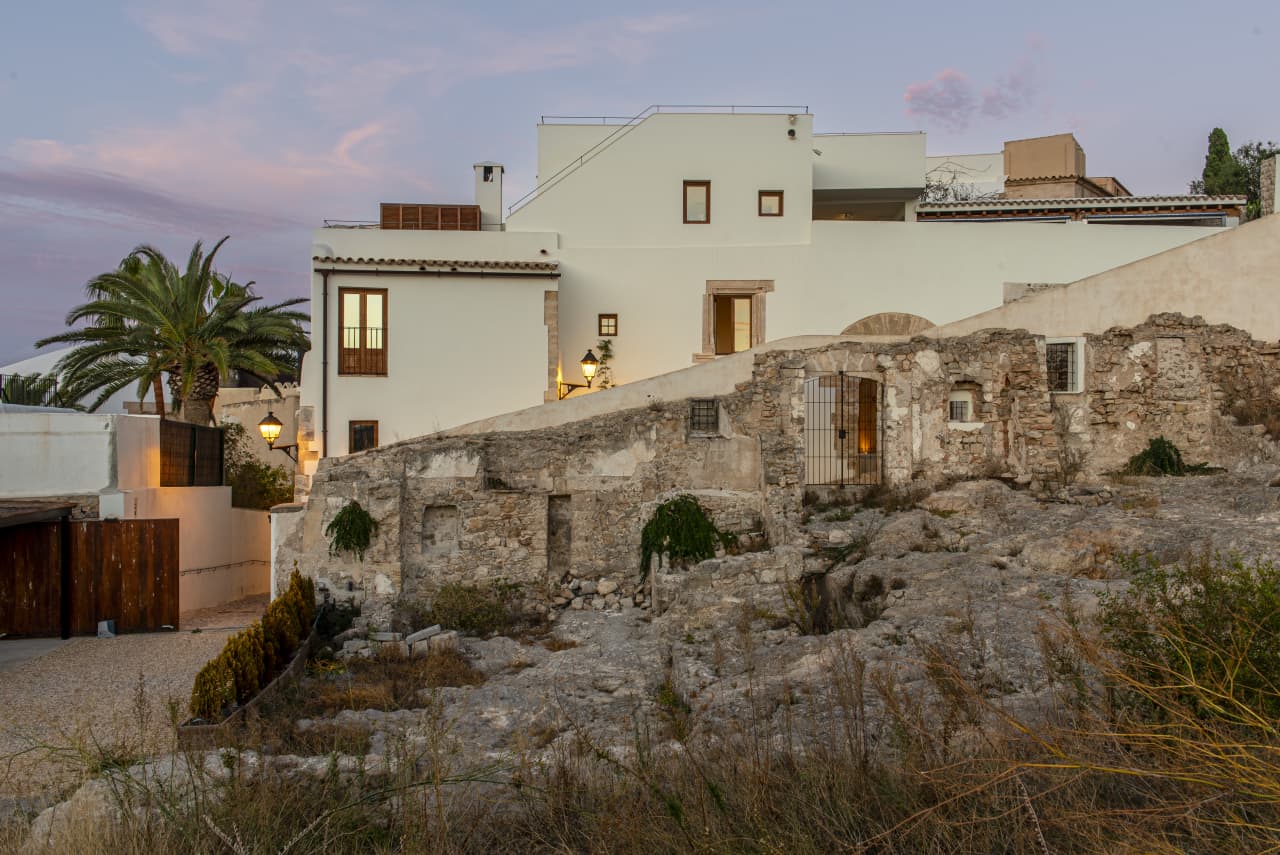When You’re the Boss, but Your Employees Make More Money
Power dynamics get complicated when managers earn less than their employees
When NFL quarterback Justin Herbert and NBA star Jaylen Brown signed contracts this summer worth $262.5 million and $304 million, respectively, they struck the richest deals in their leagues’ histories. They’re also out earning their bosses by millions a year.
Professional athletes often command higher salaries than their coaches, since it’s harder to find people to execute plays than diagram them. And individual contributors can earn more than managers in a lot of fields, from finance and tech to sales and media.
The sticking point is how bosses and their charges deal with those imbalances.
There are two keys to a functional working relationship when a subordinate makes more money than their manager, people in both camps tell me: The boss must possess the humility to accept the situation and the confidence to project authority. And the highly paid employee can’t be a diva.
Richard Reice, a labor attorney and chief people officer of a restaurant group, says fat paychecks can lead to entitlement and make a highly paid employee practically unmanageable.
“Some refuse to do basic things, like attend meetings, just because they think they’re silly,” he says.
When leadership doesn’t pay
It’s hard to quantify how frequently rank-and-file workers make more than their bosses, but Reice says he has observed a shift from his dual perches in employment law and human resources. Many companies are scrapping the old notion that bigger titles should automatically mean bigger bucks. Instead of promoting star employees into management, where administrative duties can siphon time from their true talents, more businesses are keeping top performers in individual-contributor roles—and paying them like bosses.
Leadership, in these situations, is considered like any other skill, and not necessarily one that is worth more money.
We’re more likely to notice now when someone out earns the boss. The pandemic-era rise of distributed teams was accompanied by cost-of-living adjustments, which meant a manager based in an inexpensive town might earn less than direct reports living in pricier cities.
Pay-transparency laws have given some bosses the jarring experience of seeing less-senior positions at their companies posted on job boards with advertised salaries that exceed their own. Market demand can explain some discrepancies; in other cases, racial, age or gender biases could be to blame.
Keep your ego in check
Nikki Barua, who runs the women’s leadership program Beyond Barriers, says her clients in managerial positions sometimes feel underpaid relative to subordinates and are unsure whether discrimination is a factor. Bosses need to recognise there are often valid reasons behind pay, she says, and advises managers to pay more attention to what their fellow bosses make.
“The star performer is not the right comparison,” she says.
Barua says that in previous roles at technology and consulting firms, her knack for bringing in business sometimes led to incentives that pushed her pay over her managers’. She kept her ego in check by viewing her skill as a blessing, remembering that others might be equally good at different jobs that the labor market rewards less generously.
Now, as an entrepreneur trying to conserve cash, she’s sometimes paid herself less than her employees. She admits that, at times, it was hard not to resent people making more than she did, feeling that she’d be able to draw a salary if only they’d work harder or do better.
Founders often draw modest salaries, or none at all, in companies’ early days, says Jeff Bussgang, general partner in the Boston office of startup investor Flybridge Capital Partners.
“Naturally, if they own a big chunk of equity, it makes it all more palatable,” he says.
Plus, owners’ status is seldom in doubt, regardless of pay. Berkshire Hathaway CEO Warren Buffett, who acquired a controlling stake in the company in 1965, has for several decades taken an annual salary of $100,000. His total compensation last year was $401,589, while two vice chairmen earned more than $19 million apiece. Buffett, the world’s sixth-richest person with a net worth of $122 billion, according to the Bloomberg Billionaires Index, derives most of his income from investments.
Bosses who earn less
Ellen Taaffe, who sits on the compensation committees of several companies, including AARP Services, says corporate boards often set pay by studying the going rates for similar roles in other organisations. Boards can ease potential tension by giving junior executives lower base salaries and enabling them to surpass more senior leaders only through bonuses for exceeding expectations. Usually the people with the loftiest titles make the most money, but not always, notes Taaffe, who teaches at Northwestern University’s Kellogg School of Management.
For instance, the chief scientific officer of a biotech company—whose research might be the crux of the business’s success or failure—could be paid more than the CEO. George Yancopoulos, the chief scientific officer of Regeneron Pharmaceuticals, has received almost $435 million in total compensation since 2012, according to securities filings, making him the company’s highest-paid employee over that span. (Regeneron may be best known for its monoclonal antibody treatment for Covid.)
At some universities, the highest-paid employee isn’t the president; it’s the football coach or the person who manages the endowment. The $2.2 million pay package awarded to Yale University President Peter Salovey last fiscal year was one-third of what the chief investment officer earned, according to tax filings.
Leaders who successfully handle higher-paid employees find satisfaction in helping others shine, Taaffe says.
Warren Cereghino, a retired TV news director in California, says he kept pride at bay by reminding himself that viewers tuned in to watch his station’s anchors, who earned more than he did as their boss. He says the on-air talent didn’t abuse their sway.
Still, being privy to their contracts, he knew that some had negotiated a measure of editorial control in addition to large salaries. If there was a disagreement, he wouldn’t necessarily win.
“Even though my name was on the door of the news director’s office, there was a limit to my power,” he says.
—Theo Francis contributed to this article.
 Copyright 2020, Dow Jones & Company, Inc. All Rights Reserved Worldwide. LEARN MORE
Copyright 2020, Dow Jones & Company, Inc. All Rights Reserved Worldwide. LEARN MORE
This stylish family home combines a classic palette and finishes with a flexible floorplan
Just 55 minutes from Sydney, make this your creative getaway located in the majestic Hawkesbury region.
Continued stagflation and cost of living pressures are causing couples to think twice about starting a family, new data has revealed, with long term impacts expected
Australia is in the midst of a ‘baby recession’ with preliminary estimates showing the number of births in 2023 fell by more than four percent to the lowest level since 2006, according to KPMG. The consultancy firm says this reflects the impact of cost-of-living pressures on the feasibility of younger Australians starting a family.
KPMG estimates that 289,100 babies were born in 2023. This compares to 300,684 babies in 2022 and 309,996 in 2021, according to the Australian Bureau of Statistics (ABS). KPMG urban economist Terry Rawnsley said weak economic growth often leads to a reduced number of births. In 2023, ABS data shows gross domestic product (GDP) fell to 1.5 percent. Despite the population growing by 2.5 percent in 2023, GDP on a per capita basis went into negative territory, down one percent over the 12 months.
“Birth rates provide insight into long-term population growth as well as the current confidence of Australian families,” said Mr Rawnsley. “We haven’t seen such a sharp drop in births in Australia since the period of economic stagflation in the 1970s, which coincided with the initial widespread adoption of the contraceptive pill.”
Mr Rawnsley said many Australian couples delayed starting a family while the pandemic played out in 2020. The number of births fell from 305,832 in 2019 to 294,369 in 2020. Then in 2021, strong employment and vast amounts of stimulus money, along with high household savings due to lockdowns, gave couples better financial means to have a baby. This led to a rebound in births.
However, the re-opening of the global economy in 2022 led to soaring inflation. By the start of 2023, the Australian consumer price index (CPI) had risen to its highest level since 1990 at 7.8 percent per annum. By that stage, the Reserve Bank had already commenced an aggressive rate-hiking strategy to fight inflation and had raised the cash rate every month between May and December 2022.
Five more rate hikes during 2023 put further pressure on couples with mortgages and put the brakes on family formation. “This combination of the pandemic and rapid economic changes explains the spike and subsequent sharp decline in birth rates we have observed over the past four years,” Mr Rawnsley said.
The impact of high costs of living on couples’ decision to have a baby is highlighted in births data for the capital cities. KPMG estimates there were 60,860 births in Sydney in 2023, down 8.6 percent from 2019. There were 56,270 births in Melbourne, down 7.3 percent. In Perth, there were 25,020 births, down 6 percent, while in Brisbane there were 30,250 births, down 4.3 percent. Canberra was the only capital city where there was no fall in the number of births in 2023 compared to 2019.
“CPI growth in Canberra has been slightly subdued compared to that in other major cities, and the economic outlook has remained strong,” Mr Rawnsley said. “This means families have not been hurting as much as those in other capital cities, and in turn, we’ve seen a stabilisation of births in the ACT.”
This stylish family home combines a classic palette and finishes with a flexible floorplan
Just 55 minutes from Sydney, make this your creative getaway located in the majestic Hawkesbury region.






















